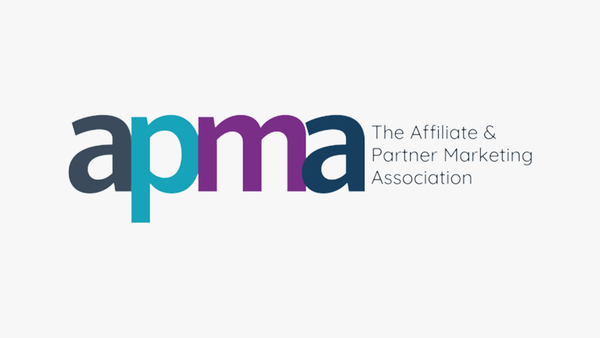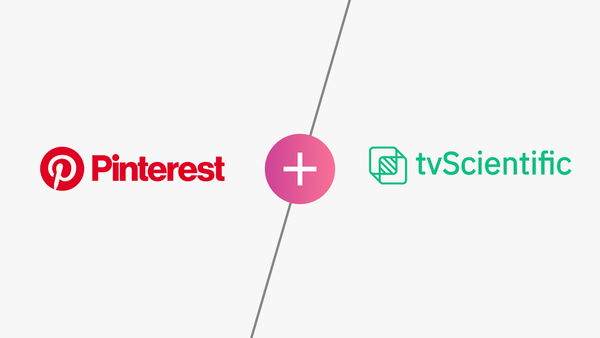New customers are what all retailers are after.
Thousands of advertising technologies are out there waiting to help them surface relevant contextual advertising, find new customers in market for their products, and drive incremental revenue.
There have been relative advances in advertising technologies that really should be the reality for most retailers, but, in practice what we're dealing with isn't exactly people in the market for your products.
It can be very close: an algorithm may, for example, deduce a high likelihood of a good outcome for an ad campaign by surfacing coffee machine ads in placements in front of latte lovers.
But while that may drive a good outcome and meet a good ROAS, retailers aren't dealing with people in market for their products. They're dealing with an estimation or a prediction – albeit a good one – for who might want your products. Worse still, retailers are missing out on the really interesting demographic, namely people who don't need your product but might want it if they're inspired with the right message.
The advertising industry is better than this and with the right partners for their advertising campaigns, retailers can expect better than an algorithm’s estimation of who might be interested in their products. Finding the right partners – uniting rich factual purchase data and marrying it with demographic insight – can ensure retailers find new customers, boost their incremental revenue, and optimise their ad spend just at the point where the economic climate begins to bite into their bottom line.
Actionable First-Party Data
Let's revisit our latte lover for a moment. We know they love a frothy coffee and on that basis, there are some generalisations we can make about their forthcoming purchase behaviour.
There are certain categories they’ll be more interested in – homewares, coffee bean subscriptions, gadgets – and certain purchases we can expect they’ll be more likely to make than non-caffeine-hooked peers.
But in isolation, only working off the basis of the demographic data can result in wrong targeting altogether: such as a barista standard machine for someone who wants a Nespresso. And wrong targeting ultimately leads to the wrong result for retailers: Unenthused shoppers, unimpressed with your advertising and unlikely to engage now, or ever again in the future.
Instead think about how different your targeting might look if you matched what we know about people, their interests, and what they’re buying in a single data set. This is what’s known as First Party Data.
So you find out your latte lover has been researching quick coffee machines, they shop online infrequently and are budget conscious; as a retailer, you’ve got a far clearer idea of what they’re in market for.
That kind of insight represents not only an evolution in advertising performance but also exactly the kind of optimization brands should be looking to make, rather than just taking an axe to their ad budgets overall. Redirecting spend to channels that produce results is what we should all aim at.
The challenge of choice
The other opportunity in a more focused approach to online advertising is surfacing genuinely contextual products to shoppers through First Party Data.
Online choice is vast, with dozens of retailers offering dozens of variations on the same product, and consumers in many cases overwhelmed by the opportunity out there. Shoppers may remain speculative in their online purchases, but that isn’t only a result of cost of living pressures on discretionary spending and may in fact have more to do with being overwhelmed by choice.
Choice Overload is a real challenge in online shopping because far from the intention of giving shoppers the opportunity to get the best price, it's now instead become a depressing factor in volume of sales altogether.
More than ever, retailers need to be thinking about genuine contextual shopping opportunities. What channel are my new customers using? Where are they in the purchase funnel? How many times have I interacted with them or do I need to interact with them before they’ll make a purchase? And if they purchase from me once, how do I bring them back in and what do they want next? These questions can usually be answered through the analysis of First Party Data, highlighting first-hand trends about your potential customers’ wants and shopping habits.
That “right” moment that has been the retailers’ dream for the best part of a decade in e-commerce is, with the right partners, closer than ever to being a reality. Bringing together social, search, and content advertising channels in a single platform promises to revolutionise the approach to reaching prospective customers at the precise moment to trigger a purchase.
More is more
The revolution starts with more is more, but a smarter more is more than we’ve known before.
Namely pairing up greater data, with a greater volume of contextual placements and channels to drive better results. In the current economic climate, this is of utmost urgency and together with the correct choice of offering from a partner, retailers will be well placed to achieve it.
If retailers are able to utilise first-party data to find customers with genuine purchase intent, surface the right product, and leverage a broad mix of ad, editorial, social and search placements, their chance of driving vital conversions to sustain performance increases enormously.
With the added power of context and understanding of relevant product recommendations, the ability to surface messages across multiple touchpoints transforms into a powerful benefit for the consumer. It expedites their purchase research and journey, cutting down on time trying and failing to sift between a dizzying array of different options.









